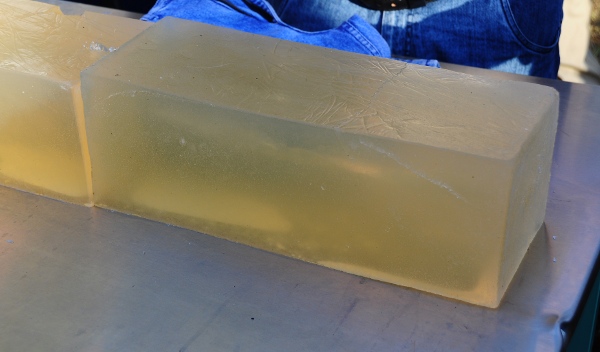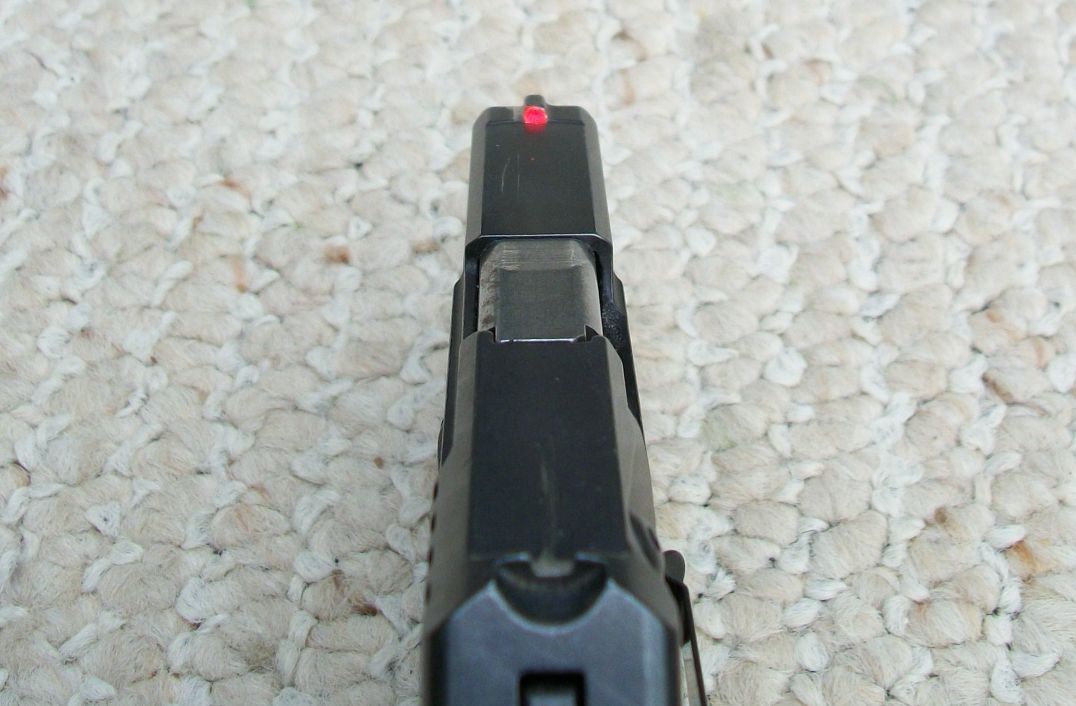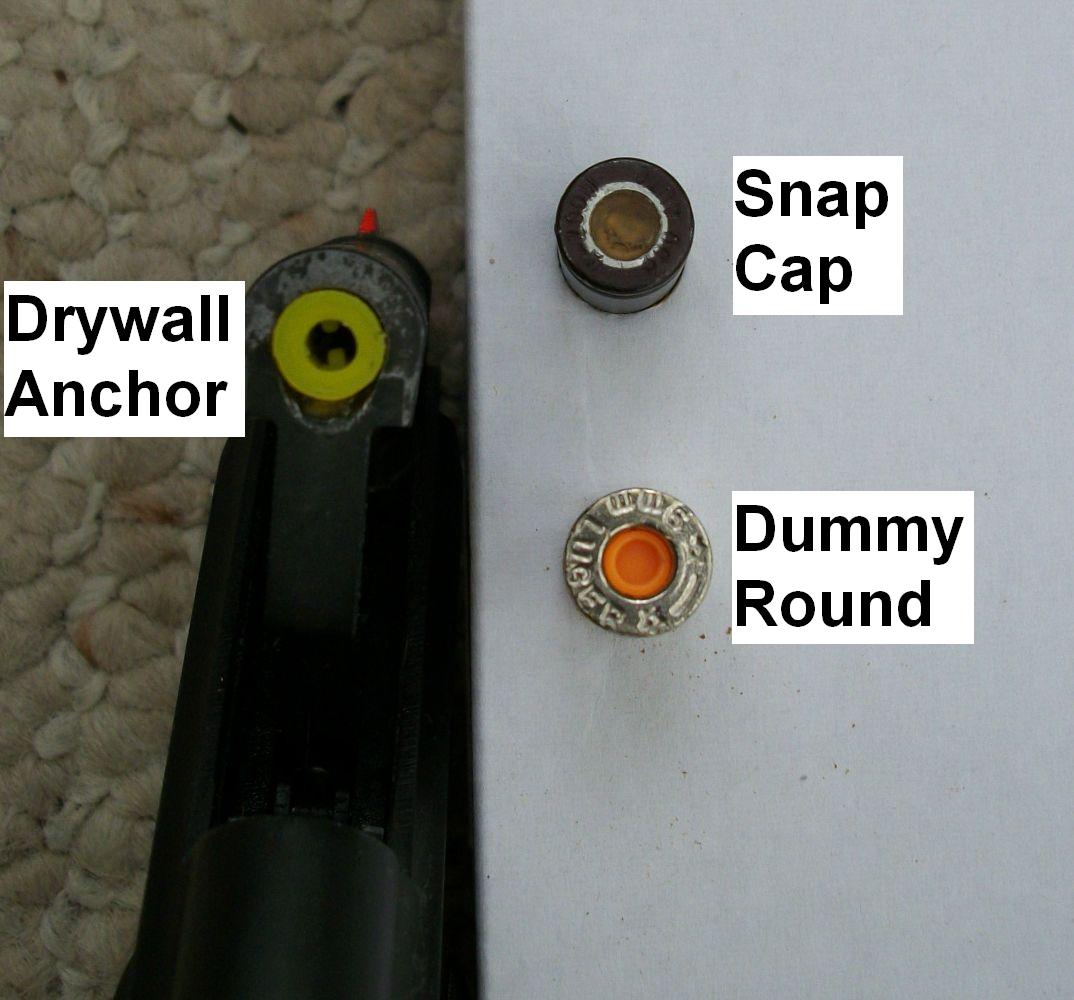Small autoloading pistols, whether referred to as pocket pistols, hideout guns, backup guns, or mouse guns, get no respect. Frequently maligned by firearms trainers as too small, inaccurate, and not powerful enough, they are the red-headed stepchildren of the firearms community. Nonetheless, these little guns represent a major segment of the firearms sales market. The Ruger LCP has represented over 50% of Ruger’s total handgun production for the past several years, according to the BATFE Annual Firearms Manufacturing and Export Report. And centerfire mouse guns represented 39% of centerfire pistol production in the U.S. for 2010.
Obviously, everyday gun carriers are ignoring, in droves, the common industry advice that small pistols are inadequate for personal protection. In years past, the snub-nose revolver was the favored choice for pocket carry, but the latest generation of small autoloaders has made a significant dent in the dominance of the revolver. Chances are that anyone who shoots regularly either owns a pocket autoloader or knows someone who does. Many people who own no other gun own a pocket pistol.
Reasons for Pocket Pistols
Why would someone go against “conventional wisdom and common knowledge” and choose a pocket-sized autoloader for personal defense? Size and weight are the obvious reasons. The average, or what I call “median,” person is simply not going to carry a service pistol or even a compact version of a service pistol on a regular basis. Ordinary people want a pistol that fits their lifestyle, not a lifestyle that is tailored around their pistol.
Holster guns require a sturdy gun belt and belt loops that can support the gun belt. Many current fashions, especially womens’, simply aren’t suitable for holster carry. In Non-Permissive Environments, concealing a gun in a belt holster is often problematic. Small purses don’t have enough room in them for even a compact service pistol.
Limitations of Pocket Pistols
Obviously, pocket pistols have their limitations. They are generally less powerful than service pistols. How important is that in the context of a private citizen and personal protection? It depends on the criteria and context chosen. When a Beretta 21A in.22 Long Rifle was fired into ordnance gelatin at a recent tactical conference, it penetrated 17 inches of gelatin, as much as any service-caliber load. Verifiable examples of criminals being shot by private citizens in self-defense and failing to cease their attack are few and far between.
Pocket pistols can be somewhat less reliable than service pistols. In many cases, malfunction clearance may require some modification to standard Immediate Action and Remedial Action procedures. For example, many pocket pistols do not have a slide hold open feature. They may also have a different placement of the magazine catch. Being familiar with a specific pistol and its particular manual of arms is important. Pocket pistols of .22 Long Rifle caliber may not have an extractor or ejector because they depend on the pressure of the generated gases to eject the fired case. The addition of a malfunction clearance tool, e.g., wire in the grip, can help solve this shortcoming.
Small pistols tend to have less usable accuracy than service pistols. Two factors influence this: 1) the short sight radius and small sights common to pocket pistols, and 2) trigger actions that are difficult to use well. To a certain extent, sights can be improved by using paint, and in some cases by reshaping the sights with a file. While lasers are somewhat costly in relation to the price of a small pistol, they add a tremendous amount of functional accuracy to the little guns. Sometimes the trigger pull can be smoothed out by a gunsmith, but often you’ll just have to learn to manage it.
In centerfire calibers, pocket pistols can be uncomfortable to shoot. In particular, the few pocket-sized pistols in 9mm caliber can be brutal on the shooter. Even many .380s are not pleasant to shoot. If the gun is painful to fire, it will lead to a strong temptation to not practice with it. Failure to practice is a major mistake.
Considerations for Pocket Pistols
The ability to practice with 50 rounds at a time is a major consideration in selection. A pistol that can’t be fired 50 rounds at a time is unlikely to lead to proficient use. Little guns can be shot quite quickly and accurately, but only if you practice with them on a regular basis. There are synthetic grip sleeves that go over the grip of the pistol and noticeably decrease the felt recoil of the pistol. Get one if you need it.
Dry fire is a good way to learn to manage the triggers of these little guns. However, many pocket pistols will not stand up to dry fire well without using a good quality snap cap, so it’s best to always use a snap cap in pocket pistols. In general, .22-caliber handguns should not be dry fired without a snap cap. It’s important to understand the difference between snap caps and dummy rounds in this context. A dummy round only simulates the functioning of ammunition through the feeding and ejection cycles. Snap caps protect the firing pin and, in the case of .22s, the breech face. Some snap caps will not function through the normal feeding cycle. For example, a #4 drywall anchor makes a good snap cap for .22s that have a tip-up barrel, but it will not feed through the magazine of other .22s.
If you shoot a service pistol regularly, consider choosing a pocket pistol that has a similar operational system. For example, if your service pistol has a double action/single action system, a pocket pistol with the same characteristic may allow at least some of your practice to translate. Similarly, shooters who regularly use a 1911 pattern pistol are probably best served by choosing a pocket pistol whose manual of arms mimics the 1911.
Smaller pistols are less forgiving of infrequent maintenance. They need cleaning and lubrication more often than service pistols. This doesn’t have to be extensive, but they should be disassembled, wiped down, and lubed at least once a week if carried daily. After each shooting session, run a bore snake down the barrel and apply a little lube before leaving the range.
Test your carry ammunition for function. Many people shoot only range ammunition through their guns and then assume that anti-personnel ammunition will work just as well. That’s a dangerous assumption. Break in and test your pistol with range ammo, but be sure to fire at least one box of carry ammo through your gun periodically, so you know it works. You may find that your carry ammo also shoots to a different point of impact, which is important to understand.
Carry Methods
While we generically refer to them as pocket pistols, there are many ways of carrying them discreetly. If you carry in the pocket, you should still use a holster. The holster helps keep pocket items and lint out of the pistol’s mechanism, which enhances its reliability and your safety. A pocket holster also helps keep the pistol oriented in the same direction all the time. This is important when you need your pistol in a hurry. There are many pocket holsters out there, and you will probably find yourself using two or three, depending on the size of the particular pocket you are putting it in.
Belt clips are available, either as factory accessories or aftermarket add-ons. These attach to the pistol so it clips to your clothing without a holster. Due to the light weight of these pistols, the clips can go over the waistband but behind the belt. Having the clip behind the belt can be a very discreet way of carrying a small pistol. Clips also allow carrying with clothing that does not have belt loops, such as athletic shorts and many female fashions.
Probably the second most common method of carrying a small autoloader is in a purse or other case. A purse for carrying a pistol should have, at a minimum, a dedicated pistol compartment that is secured with a zipper or Velcro. Just tossing a pistol in a main purse compartment has several disadvantages. First, the pistol and its trigger are not protected from the other contents of the purse. An exposed trigger can result in a Negligent Discharge while the gun is in the purse. The outcome of such a discharge is never pretty. Second, purses are seldom on the owner’s person 100% of the time. Having the pistol loose among the purse’s contents can draw unwanted attention to it from others. Your pistol is for you alone, not for anyone else to see or touch. Third, as in a pocket, it’s important to maintain a constant orientation of the pistol so you can quickly obtain a grip on it when necessary.
Ankle holsters also work well with pocket pistols and are an extremely discreet way to carry them. A small autoloader is probably the most comfortable gun to carry in an ankle holster. The ankle draw is complicated, so it needs to be practiced regularly with an unloaded pistol. Frequent pistol maintenance is imperative with ankle carry, because this is a very dirty environment to carry any gun in.
Conclusion
Pocket pistols have a place in the battery of anyone who carries a gun on an everyday basis. As the saying goes, “A mouse gun in the pocket beats anything at home in the safe.”







I used to think that tucking a small pistol inside the top of a boot was the ultimate in discreet carry. Then, at my doctor's officer where concealed carry is legal, a nurse asked me to pull up my pant legs so that she could attach electrodes to my calves for an ECG.
Informative, as always...thanks, guys!
Good material. Will pass if that's ok.
<blockquote> "Break in and test your pistol with range ammo, but be sure to fire at least one box of carry ammo through your gun periodically, so you know it works. You may find that your carry ammo also shoots to a different point of impact, which is important to understand." </blockquote> Something I wasn't doing but a very good suggestion.